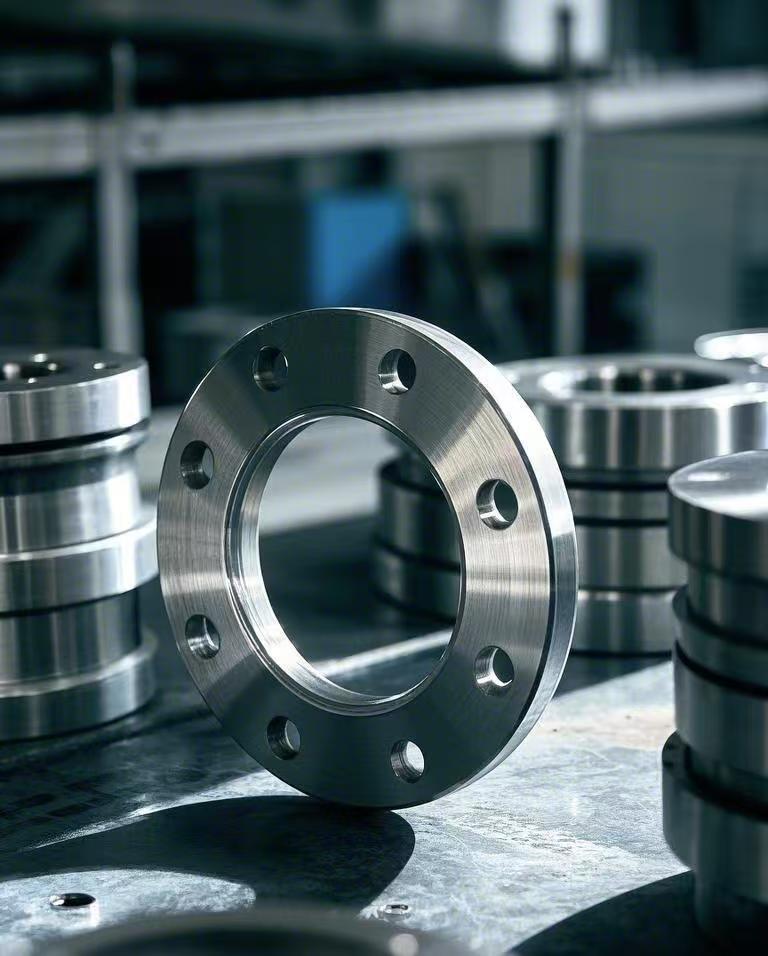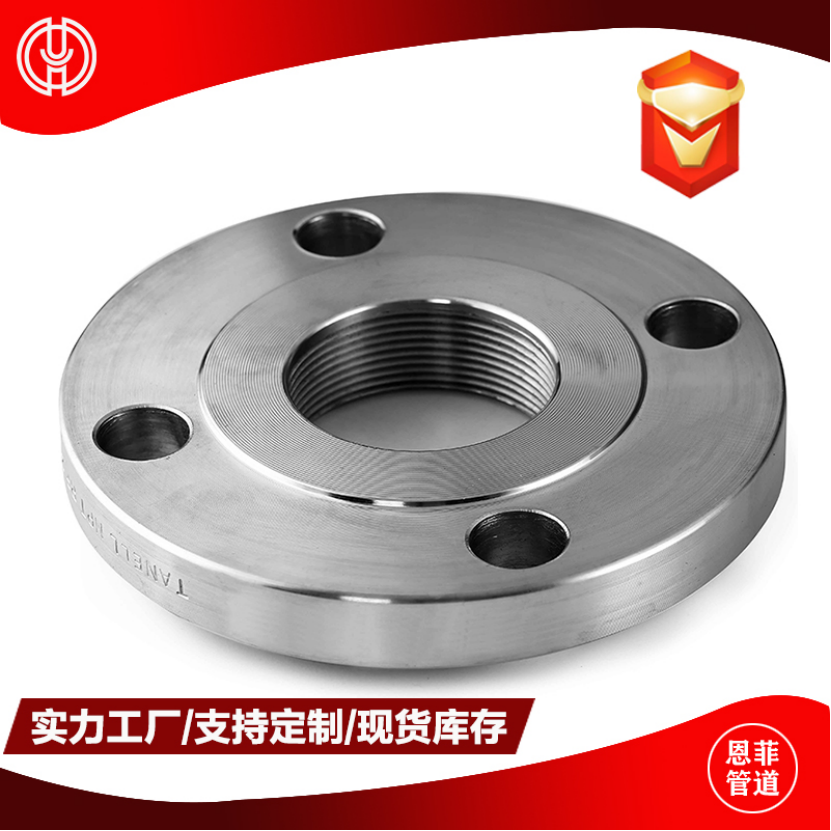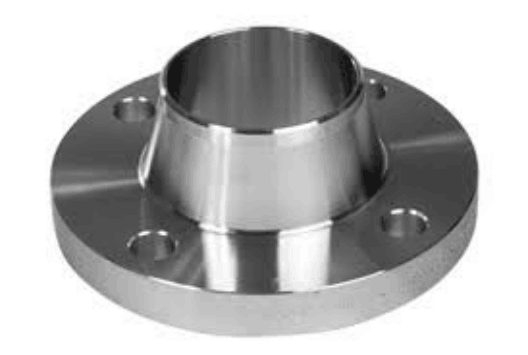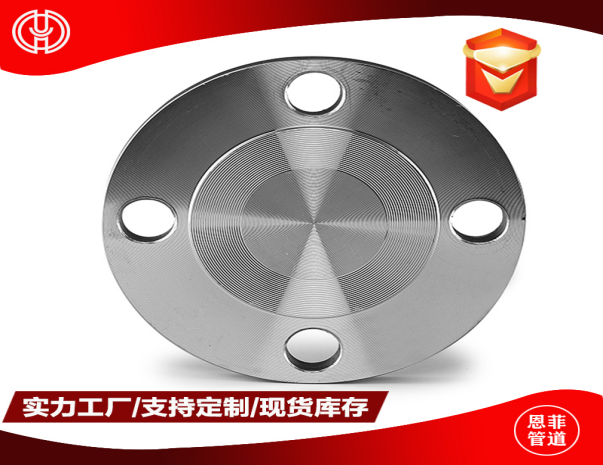SA-508 Gr.3 CL.1 Forging
Release Time:
Dec 29,2023
SA - 508 gr. 3 cl. 1 is the ASME specification (AmericanSocietyofMechanicalEngineers) standards of a material, used in the manufacture of high strength low alloy steel forgings. In this specification, SA-508Gr.3CL.1 refers to Grade3, Class1 material requirements in the SA-508 standard.
SA - 508 gr. 3 cl. 1 is the ASME specification (AmericanSocietyofMechanicalEngineers) standards of a material, used in the manufacture of high strength low alloy steel forgings. In this specification, SA-508Gr.3CL.1 refers to Grade3, Class1 material requirements in the SA-508 standard.
The SA-508 standard is a material standard commonly used in nuclear power plants and chemical equipment and covers the requirements for low alloy steel forgings. Gr.3 indicates that the material is Grade3 steel, while CL.1 indicates that the material meets the requirements of Class1.
The chemical composition of SA-508Gr.3CL.1 forging can be referred to in the following table:
| Element | C (carbon) | Mn (manganese) | Si (silicon) | P (phosphorus) | S (sulfur) | Ni (nickel) | Cr (chromium) | Mo (molybdenum) | Cu (copper) |
|---|---|---|---|---|---|---|---|---|---|
| % | ≤0.20 | 1.00-1.50 | ≤0.15 | ≤0.025 | ≤0.010 | 3.00-4.00 | ≤1.00 | ≤0.70 | ≤0.50 |
Note: The above chemical composition data is for reference only, the specific composition requirements should be based on the relevant standard documents and specifications. In practical applications, chemical composition requirements may vary depending on specific product specifications and manufacturing standards.
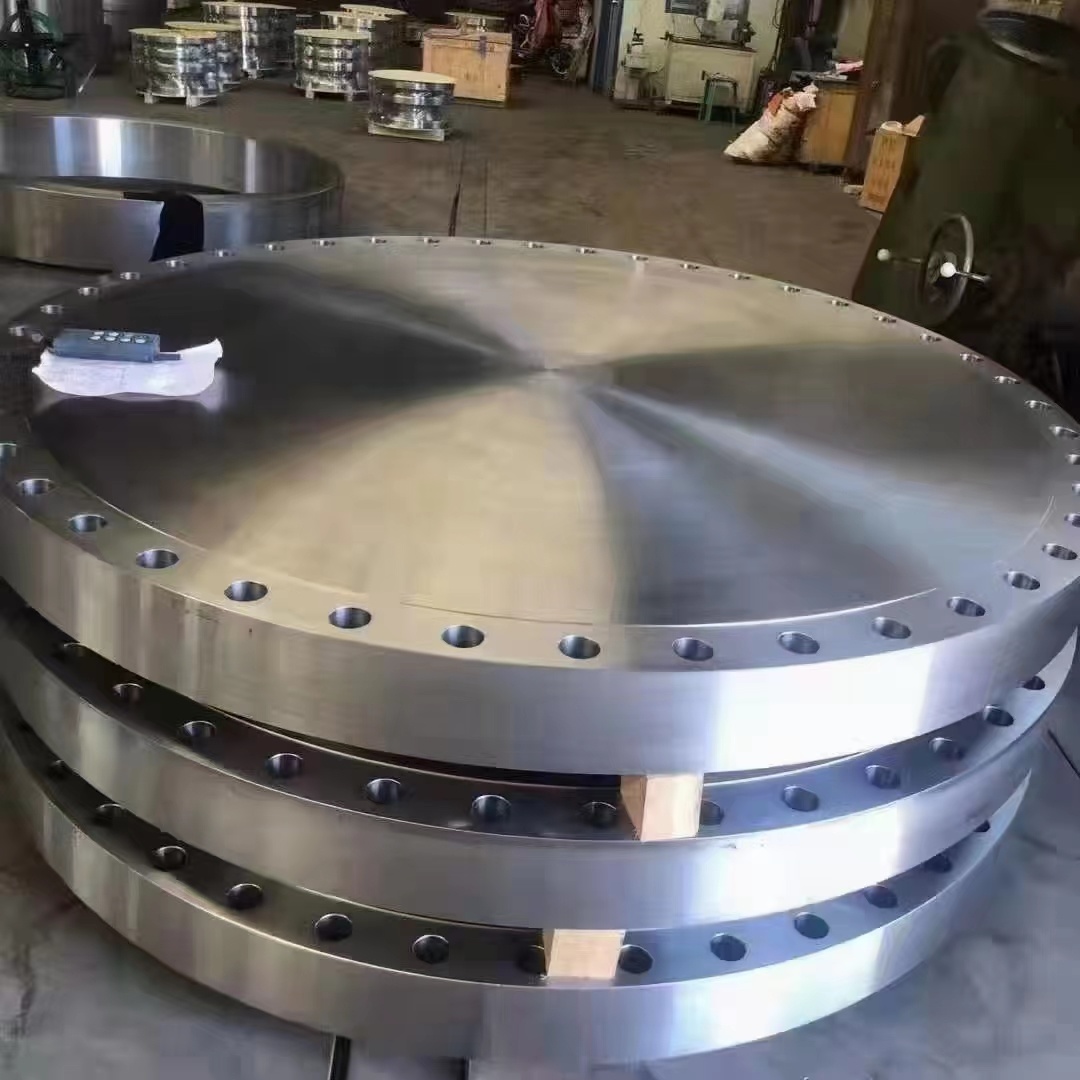
The production process of SA-508Gr.3CL.1 forging generally includes the following steps:
1. Raw material preparation: According to engineering design and material requirements, SA-508Gr.3CL.1 billet conforming to the prescribed chemical composition and mechanical properties is selected as the raw material.
2. Heating: the SA-508Gr.3CL.1 billet is heated to the appropriate forging temperature. The forging temperature is usually above the recrystallization temperature of the material to ensure that the material has good plasticity and malleability.
3. Forging: Put the heated SA-508Gr.3CL.1 billet into the forging equipment, and apply force through forging machine or hammer to make the billet produce plastic deformation under the action of forging die, and finally form the required shape. Parameters such as temperature, pressure and deformation speed need to be controlled in the forging process to obtain good forging effect.
4. Heat treatment: Heat treatment of forgings, commonly used methods include normalizing, quenching and tempering. Heat treatment can adjust the structure and mechanical properties of the forgings to achieve the strength and toughness required by the design.
5. Detection and dressing: dimension detection, defect detection and performance detection of forgings to ensure that the forgings meet the specified quality standards and technical requirements. If defects or nonconformities are found, they need to be trimmed or remade.
6. Surface treatment: Surface treatment of forgings, such as rust removal, sandblasting or coating, to improve the anti-corrosion performance and beauty of forgings.
7. Final inspection and confirmation: The final quality inspection and confirmation of the finished forgings, including appearance inspection, size detection, mechanical property testing, etc.
The specific SA-508Gr.3CL.1 forging process will vary according to different parts shapes, sizes and requirements. In actual production, we should refer to the relevant manufacturing process specifications and engineering requirements, combined with equipment and process conditions, and carry out reasonable process design and process control to ensure that high-quality forgings meet the requirements.
SA-508Gr.3CL.1 forging has the following features and applications:
1. High strength: SA-508Gr.3CL.1 forging has a high strength, and can maintain stable mechanical properties under high stress and high temperature environment. This makes it ideal for engineering applications that withstand heavy loads and high stresses.
2. Corrosion resistance: SA-508Gr.3CL.1 forging has good corrosion resistance in common corrosive media, which can resist the erosion of corrosive media such as acid and alkali to a certain extent, and is suitable for some occasions with corrosive environment requirements.
3. Low temperature performance: SA-508Gr.3CL.1 forging has good low temperature toughness and crack resistance, which is suitable for applications under low temperature conditions, such as low temperature working environment in nuclear power plants.
4. Chemical composition and mechanical properties: The specific chemical composition and mechanical properties requirements of SA-508Gr.3CL.1 forging can be found in the SA-508 standard documentation. These performance data include the tensile strength, yield strength, elongation, impact toughness and so on.
SA-508Gr.3CL.1 forgings are widely used in nuclear power plants, petrochemical, chemical and energy industries. It is often used in the manufacture of nuclear reactor vessels, pressure vessels, petrochemical equipment, turbine generator components and other critical components that require high strength and corrosion resistance.
In the field of shipbuilding, SA-508Gr.3CL.1 forgings may be used to manufacture the following Marine components:
1. Hull structural parts: SA-508Gr.3CL.1 forging can be used to manufacture hull structural parts, such as hull skeleton, hull partition, hull reinforcement plate, etc. These components need to have high strength and good weldability to ensure the structural strength and overall stability of the hull.
2. Marine pressure vessels: SA-508Gr.3CL.1 forgings can be used to manufacture pressure vessels on ships, such as fuel tanks, water tanks, gas storage vessels, etc. These pressure vessels need to be able to withstand high pressures and various media, and require good sealing and corrosion resistance.
3. Marine propulsion system components: SA-508Gr.3CL.1 forgings may be used to manufacture Marine propulsion system components, such as propeller shafts, propeller blades, bearing housings, etc. These components are usually required to have high strength and fatigue resistance to withstand the vibration and torsional forces of the ship under sail.
4. Marine valves and pipe connectors: SA-508Gr.3CL.1 forging can be used to manufacture Marine valves, pipe connectors and pipe support parts. In a ship's piping system, these components need to have good sealing properties, pressure resistance and corrosion resistance.
The specific requirements and material selection for ship construction may vary depending on the type of ship, classification society requirements, sailing environment and other factors.
SA-508Gr.3CL.1 forging production process is complex, high technical requirements, expensive materials, many orders require three parties to the plant supervision and issue EN102043.2 quality certificate, we welcome customers to consult.
Key words:
Other News


